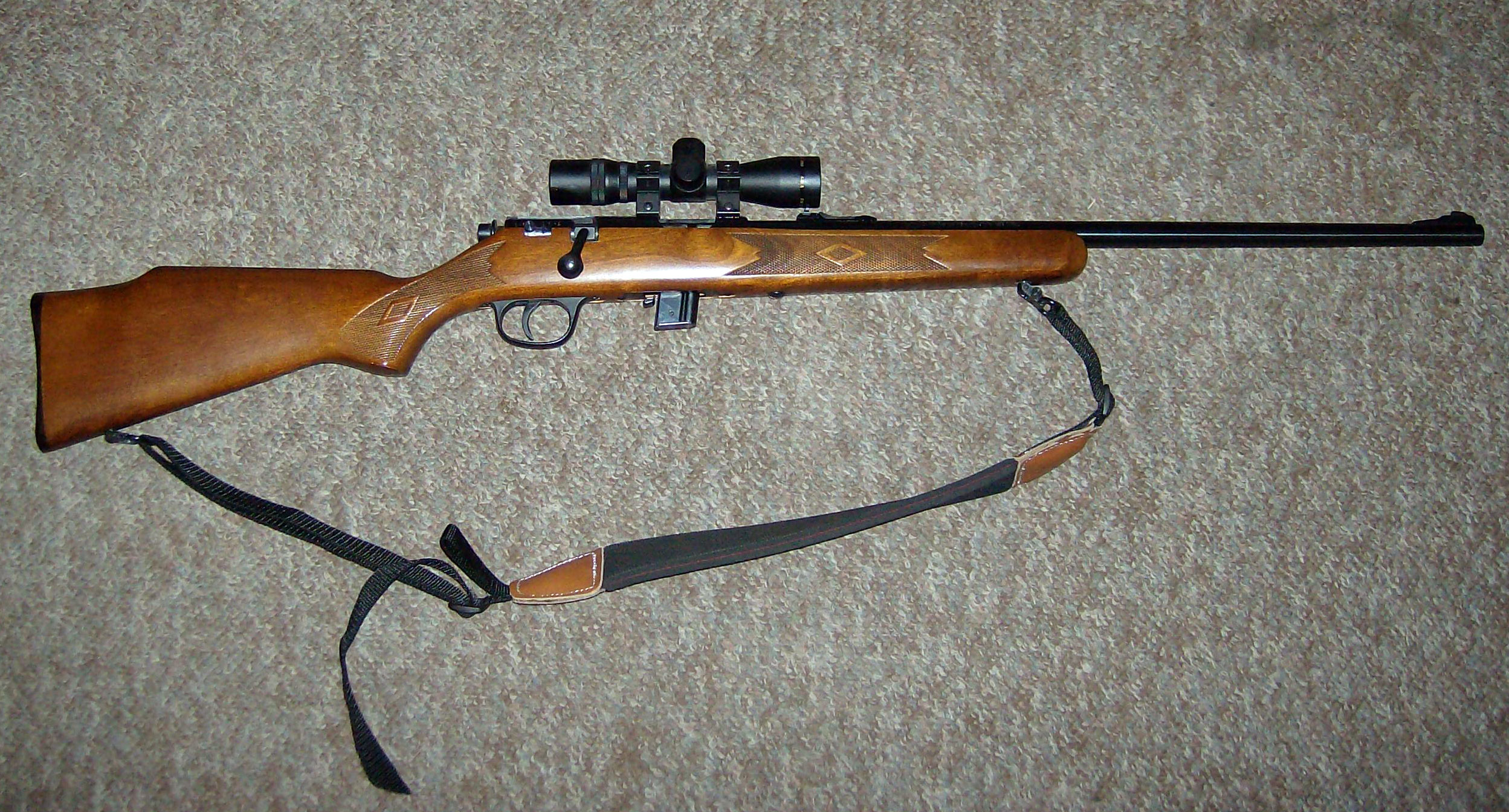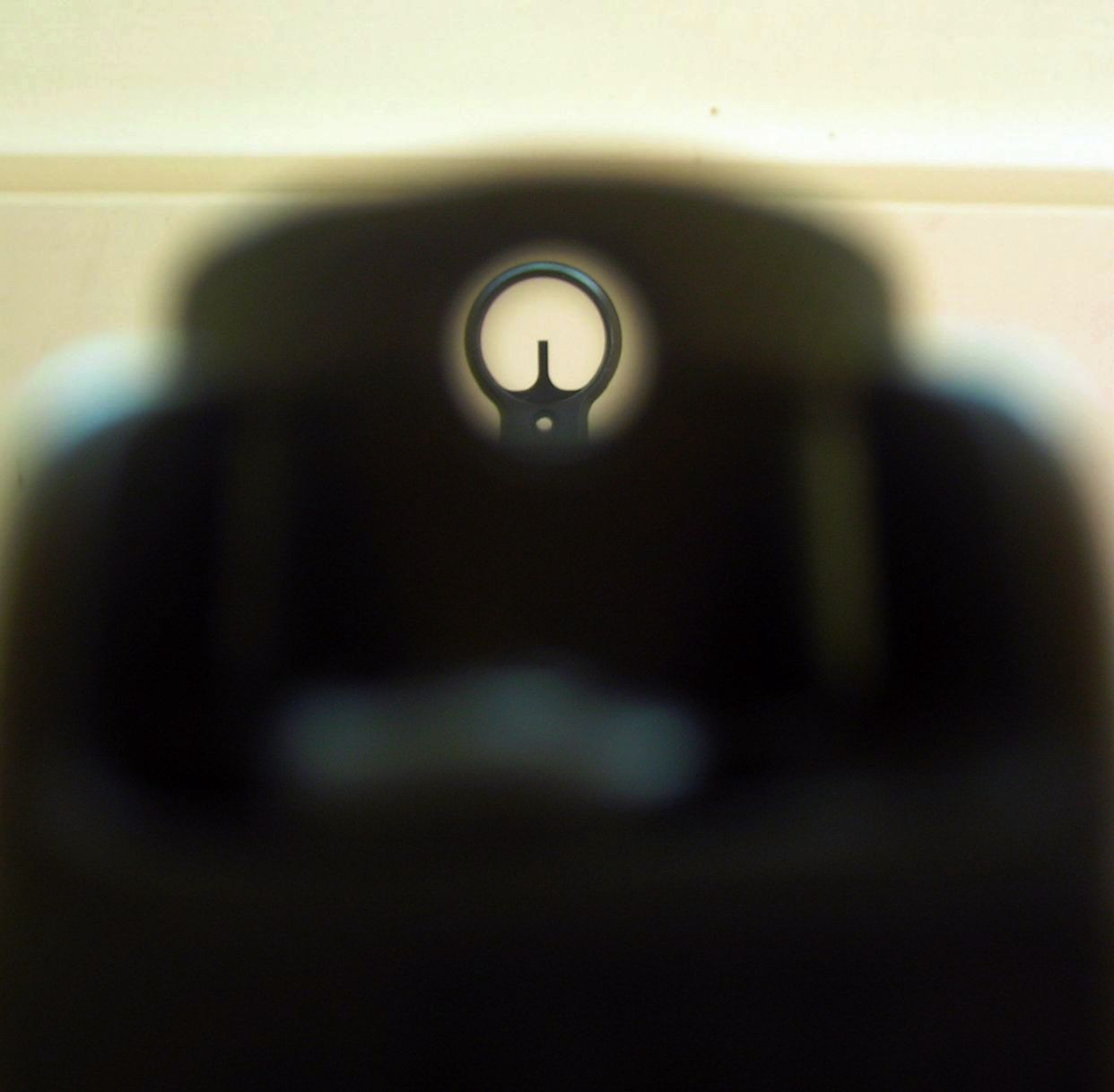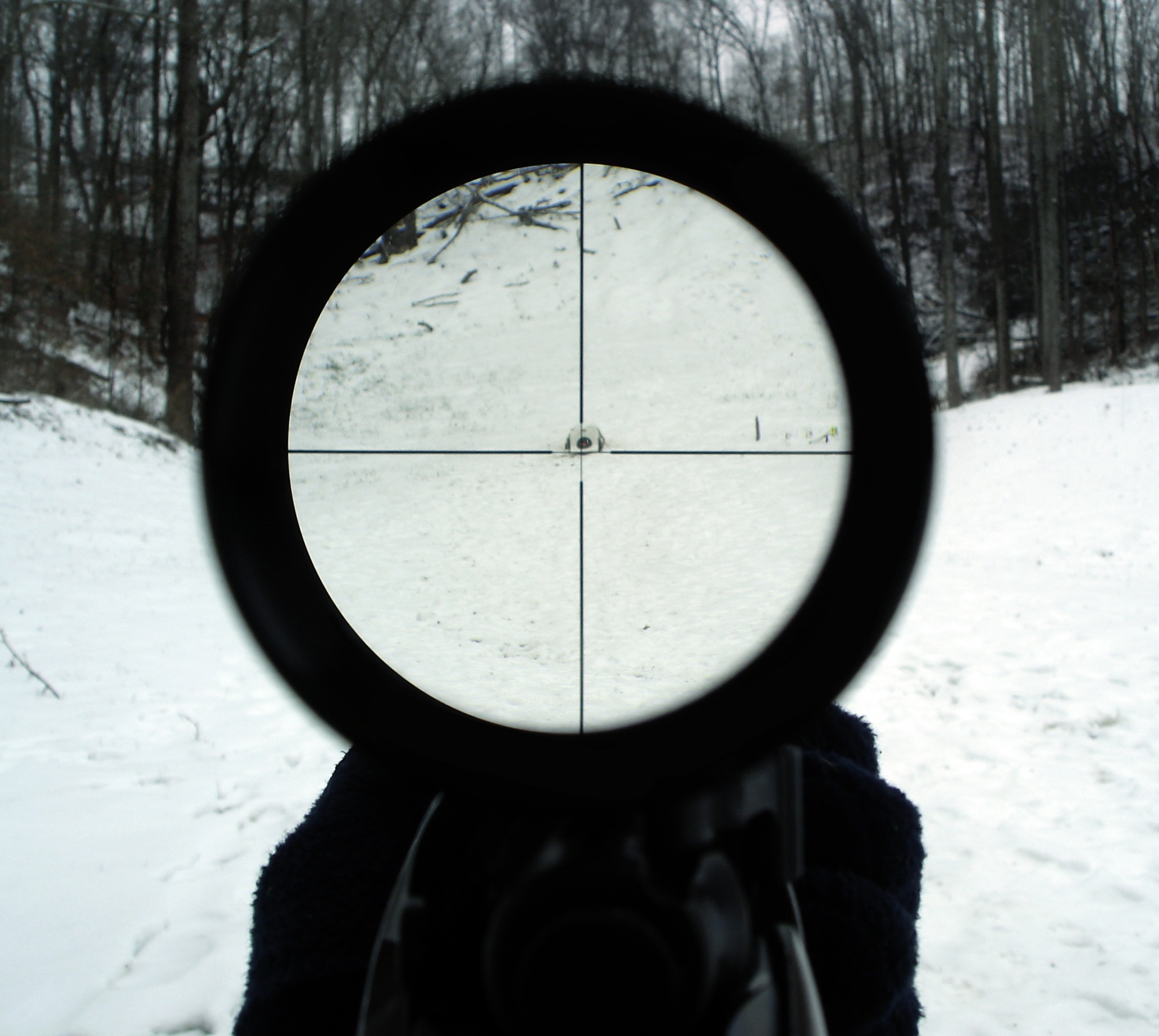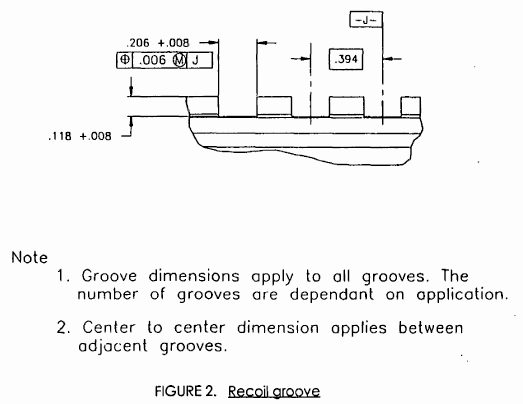|
Stag Arms
Stag Arms is a firearms manufacturer founded in May 2003 and located in Cheyenne, Wyoming. Stag Arms is a manufacturer of the AR-15 type rifle, marketed as Stag-15 rifles. Stag advertises that all their weapons and accessories are made in the United States. They are best known for their left-handed AR-15 rifles, which use a mirror imaged upper receiver and have the ejection port reversed for left-handed shooters and the safety selector control on the right side of the lower receiver. In February 2016, White Wolf Capital, a private equity firm, announced that it had acquired Stag Arms. According to the accompanying press release, the company will continue to manufacture firearms in New Britain, Connecticut. In January 2017, at the 2017 Shot Show in Las Vegas, NV, Stag Arm's announced its first AR-10 type rifle, marketed as Stag-10. This rifle features the .308 caliber cartridge and will be available in the left-handed variant by July 2017. Along with this .308 left-handed platfo ... [...More Info...] [...Related Items...] OR: [Wikipedia] [Google] [Baidu] |
Private Company
A privately held company (or simply a private company) is a company whose Stock, shares and related rights or obligations are not offered for public subscription or publicly negotiated in their respective listed markets. Instead, the Private equity, company's stock is offered, owned, traded or exchanged privately, also known as "over-the-counter (finance), over-the-counter". Related terms are unlisted organisation, unquoted company and private equity. Private companies are often less well-known than their public company, publicly traded counterparts but still have major importance in the world's economy. For example, in 2008, the 441 list of largest private non-governmental companies by revenue, largest private companies in the United States accounted for $1.8 trillion in revenues and employed 6.2 million people, according to ''Forbes''. In general, all companies that are not owned by the government are classified as private enterprises. This definition encompasses both publ ... [...More Info...] [...Related Items...] OR: [Wikipedia] [Google] [Baidu] |
Flash Suppressor
A flash suppressor, also known as a flash guard, flash eliminator, flash hider, or flash cone, is a device attached to the muzzle (firearms), muzzle of a rifle that reduces its Muzzle flash, visible signature while firing by cooling or dispersing the burning gases that exit the muzzle, a phenomenon typical of carbine-length weapons. Its primary intent is to reduce the chances that the shooter will be blinded in low-light shooting conditions. Contrary to popular belief, it is only a minor secondary benefit if a flash suppressor reduces the intensity of the flash visible to the enemy. A flash suppressor is different from a muzzle brake, although they are typically mounted in the same position and sometimes confused with each other. While the former is intended to reduce visible flash, a muzzle brake is designed to reduce recoil inherent to large cartridges and typically does not reduce visible flash. Rationale Pre-20th century rifle designs tended to have longer barrels than moder ... [...More Info...] [...Related Items...] OR: [Wikipedia] [Google] [Baidu] |
Short-barreled Rifle
Short-barreled rifle broadly refers to any rifle with an unusually short Gun barrel, barrel. The term carbine describes a production rifle with a reduced barrel length for easier handling in confined spaces. Concern about concealed carry, concealment for illegal purposes has encouraged regulations specifying minimum barrel lengths and overall lengths. Measurement method Barrel length is measured from the end of the Muzzle (firearms), muzzle to the front of the breechface, typically by inserting a measuring rod into the barrel. Barrel length may partially comprise a permanently attached muzzle accessory (such as a muzzle brake, recoil compensator or flash suppressor). Overall length is measured between the extreme ends of the gun, along a centerline which passes through the middle of the barrel. For rifles fitted with folding or telescoping Stock (firearms), stocks (such as M1 carbine#Carbine.2C Cal .30.2C M1A1, U.S. Carbine M1A1), US Federal guidelines state that measurement is pe ... [...More Info...] [...Related Items...] OR: [Wikipedia] [Google] [Baidu] |
Title II Weapons
Title II weapons, or NFA firearms, are designations of certain weapons under the United States National Firearms Act (NFA). These are weapons requiring a Type 01 Federal Firearms License (FFL) as well as a Class 3 Special Occupation Tax (SOT) to sell, and an ATF Form 4 (transfer of registration) with $200 tax stamp to purchase. Also a Type 07 FFL (manufacturer) with a Class 2 Special Occupation Tax is qualified to manufacture, purchase and sell. The restrictions apply to certain firearms, explosive munitions, and other devices which are federally regulated by the NFA. Any violation of the NFA is a felony punishable by up to 10 years in prison.. "Any person who violates or fails to comply with any provisions of this chapter shall, upon conviction, be fined not more than $10,000, or be imprisoned not more than ten years, or both." Per the National Rifle Association's ''Summary of Gun Control Act of 1968'': The Bureau of Alcohol, Tobacco, Firearms, and Explosives (ATF), which ... [...More Info...] [...Related Items...] OR: [Wikipedia] [Google] [Baidu] |
308 Winchester
The .308 Winchester is a smokeless powder Rim (firearms), rimless bottlenecked rifle Cartridge (firearms), cartridge widely used for hunting, target shooting, police, military, and personal protection applications globally. It is similar, but not identical, to the 7.62×51mm NATO cartridge. History During the 1940s, the .300 Savage became the basis for experiments on behalf of the U.S. military that resulted in the development of the 7.62×51mm NATO#Development, T65 series of experimental cartridges. The original experimental case design by the Frankford Arsenal was designated "T65" and was similar to the .300 Savage case, but with less taper. The experimental cases were made from standard .30-06 Springfield cases which gave a little less capacity than standard .300 Savage cases because the Frankford Arsenal cases had slightly thicker walls. The later T65 iterations were lengthened compared to the original T65 case and provided a ballistic performance roughly equal to the U.S. mi ... [...More Info...] [...Related Items...] OR: [Wikipedia] [Google] [Baidu] |
Sling (firearms)
In the context of firearms, a sling is a type of strap or harness designed to allow a shooter to conveniently carry a firearm (usually a long gun such as a rifle, carbine, shotgun, submachine gun or GPMG) on their body, and/or to aid in greater hit probability by allowing the firearm to be better braced and stabilized during aiming. Various types of slings offer their own advantages and disadvantages, and can generally be divided into several categories. Types of setup ; Simple/traditional sling (two-point): The oldest and most familiar design, this sling design has two connection points that attach to the front and rear of the weapon, and allows the shooter to carry the weapon over their back, with the sling draped across the torso, around the neck or over one shoulder. Some two-point slings, if properly made, can act as a shooting aid. ; Ching/CW sling: This type of sling is a component of the Scout Rifle concept, and serves not just as a carrying strap, but as an aid to ... [...More Info...] [...Related Items...] OR: [Wikipedia] [Google] [Baidu] |
Tactical Light
A tactical light or weapon light is a flashlight used in conjunction with a firearm to aid low-light target identification, allowing the user to simultaneously aim a weapon and illuminate the target. Tactical lights can be handheld or mounted to the weapon with the light beam parallel to the bore. Tactical lights can also serve as a non-lethal weapon, used to temporarily blind and disorient targets or, in the case of a large handheld flashlight, to be used as a blunt weapon. Features particularly associated with tactical lights include shock resistance, reliability, lightweight construction and powerful, long-lasting batteries, and high light intensity. Tactical lights may have optional filters to produce colored light, to not attract bugs, or may emit only infrared radiation for use with night vision equipment. A laser sight may also be added to a weapon-mounted tactical light. Handheld lights Handheld lights are generally restricted to use with handguns, as long guns such a ... [...More Info...] [...Related Items...] OR: [Wikipedia] [Google] [Baidu] |
Iron Sights
Iron sights are a system of physical alignment markers used as a sighting device to assist the accurate aiming of ranged weapons such as firearms, airguns, crossbows, and bows, or less commonly as a primitive finder sight for optical telescopes. Iron sights, which are typically made of metal, are the earliest and simplest type of sighting device. Since iron sights neither magnify nor illuminate the target, they rely completely on the viewer's naked eye and the available light by which the target is visible. In this respect, iron sights are distinctly different from optical sight designs that employ optical manipulation or active illumination, such as telescopic sights, reflector (reflex) sights, holographic sights, and laser sights. Iron sights are typically composed of two components mounted perpendicularly above the weapon's bore axis: a 'rear sight' nearer (or 'proximal') to the shooter's eye, and a 'front sight' farther forward (or 'distal') near the muzzle. During ... [...More Info...] [...Related Items...] OR: [Wikipedia] [Google] [Baidu] |
Telescopic Sight
A telescopic sight, commonly called a scope informally, is an optical sighting device based on a refracting telescope. It is equipped with some form of a referencing pattern – known as a ''reticle'' – mounted in a focally appropriate position in its optical system to provide an accurate point of aim. Telescopic sights are used with all types of systems that require magnification in addition to reliable visual aiming, as opposed to non-magnifying iron sights, reflector (reflex) sights, holographic sights or laser sights, and are most commonly found on long-barrel firearms, particularly rifles, usually via a scope mount. Similar devices are also found on other platforms such as artillery, tanks and even aircraft. The optical components may be combined with optoelectronics to add night vision or smart device features. History The first experiments directed to give shooters optical aiming aids go back to the early 17th century. For centuries, different optical ... [...More Info...] [...Related Items...] OR: [Wikipedia] [Google] [Baidu] |
Picatinny Rail
The 1913 rail (MIL-STD-1913 rail) is an American rail integration system designed by Richard Swan that provides a mounting platform for firearm accessories. It forms part of the NATO standard STANAG 2324 rail. It was originally used for mounting of telescopic sights atop the receivers of larger caliber rifles. Once established as United States Military Standard, its use expanded to also attaching other accessories, such as: iron sights, tactical lights, laser sights, night-vision devices, reflex sights, holographic sights, foregrips, bipods, slings and bayonets. An updated version of the rail is adopted as a NATO standard as the STANAG 4694 NATO Accessory Rail. History Attempts to standardize the Weaver rail mount designs date from work by the A.R.M.S. company and Richard Swanson in the early 1980s. Specifications for the M16A2E4 rifle and the M4E1 carbine received type classification generic in December 1994. These were the M16A2 and the M4 modified wi ... [...More Info...] [...Related Items...] OR: [Wikipedia] [Google] [Baidu] |




